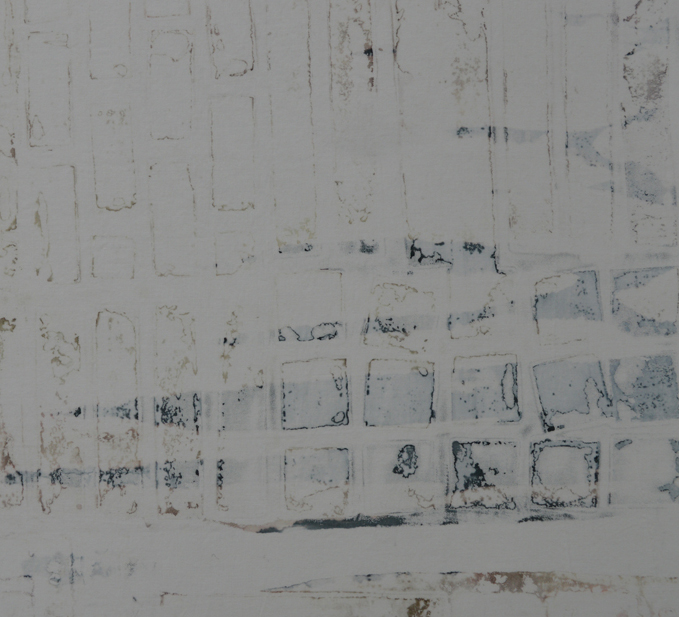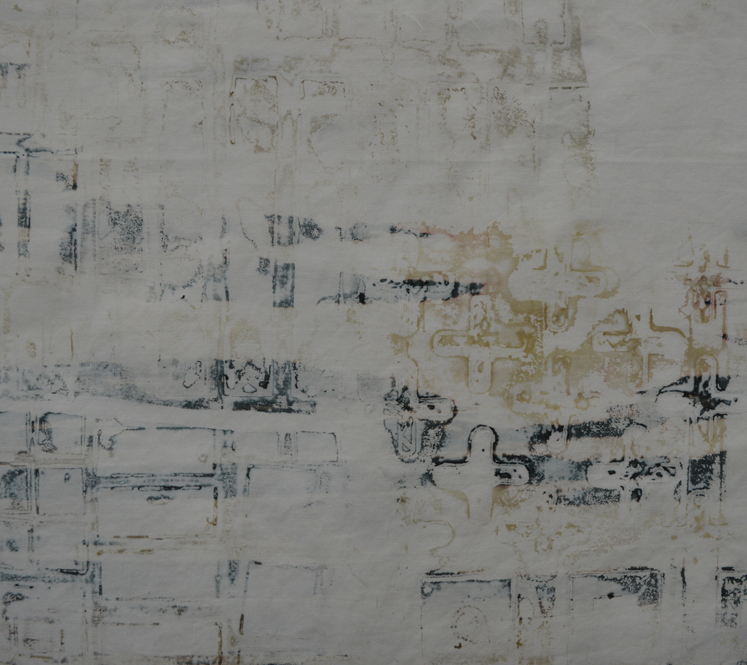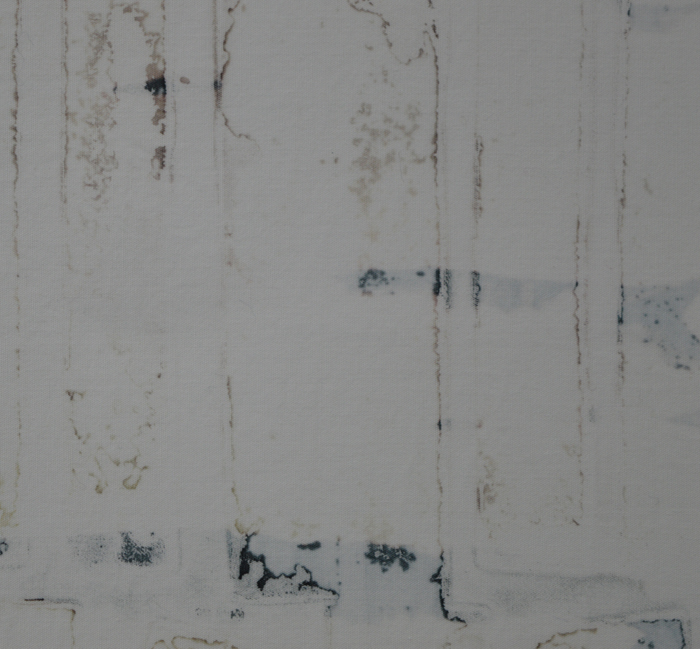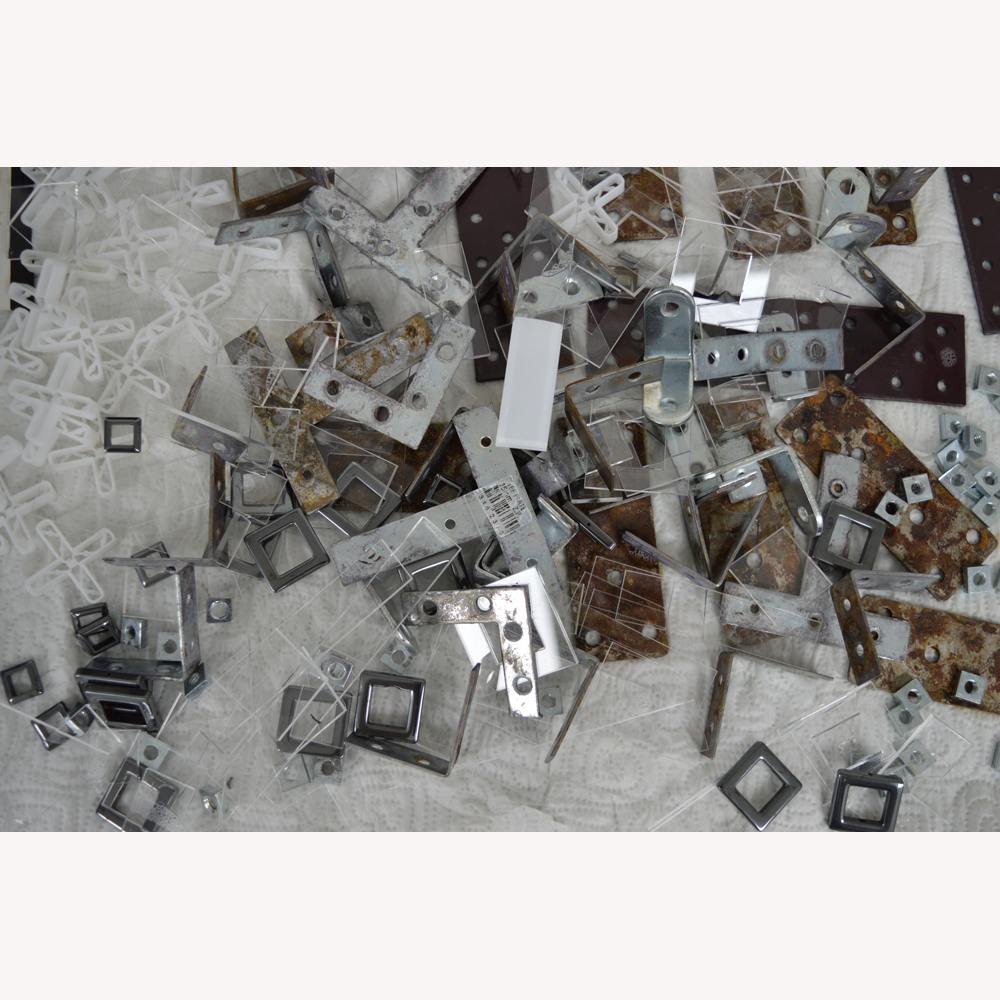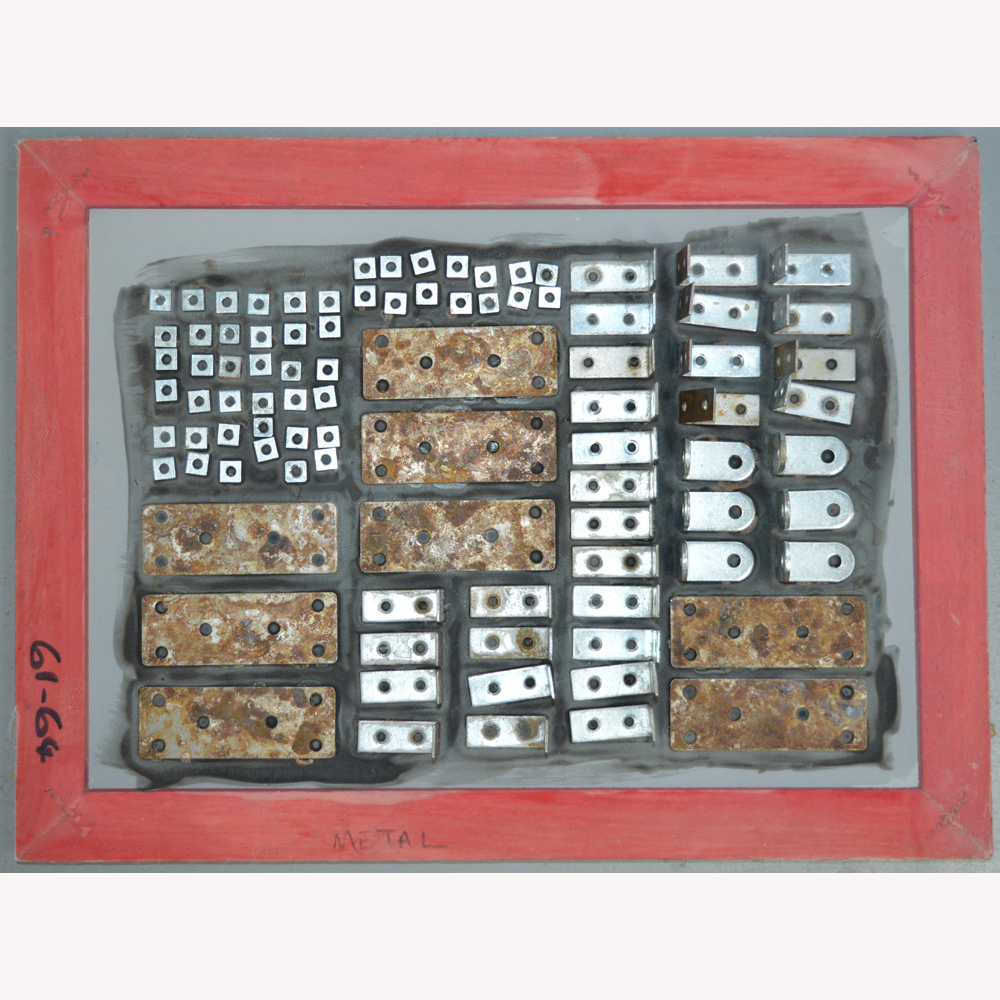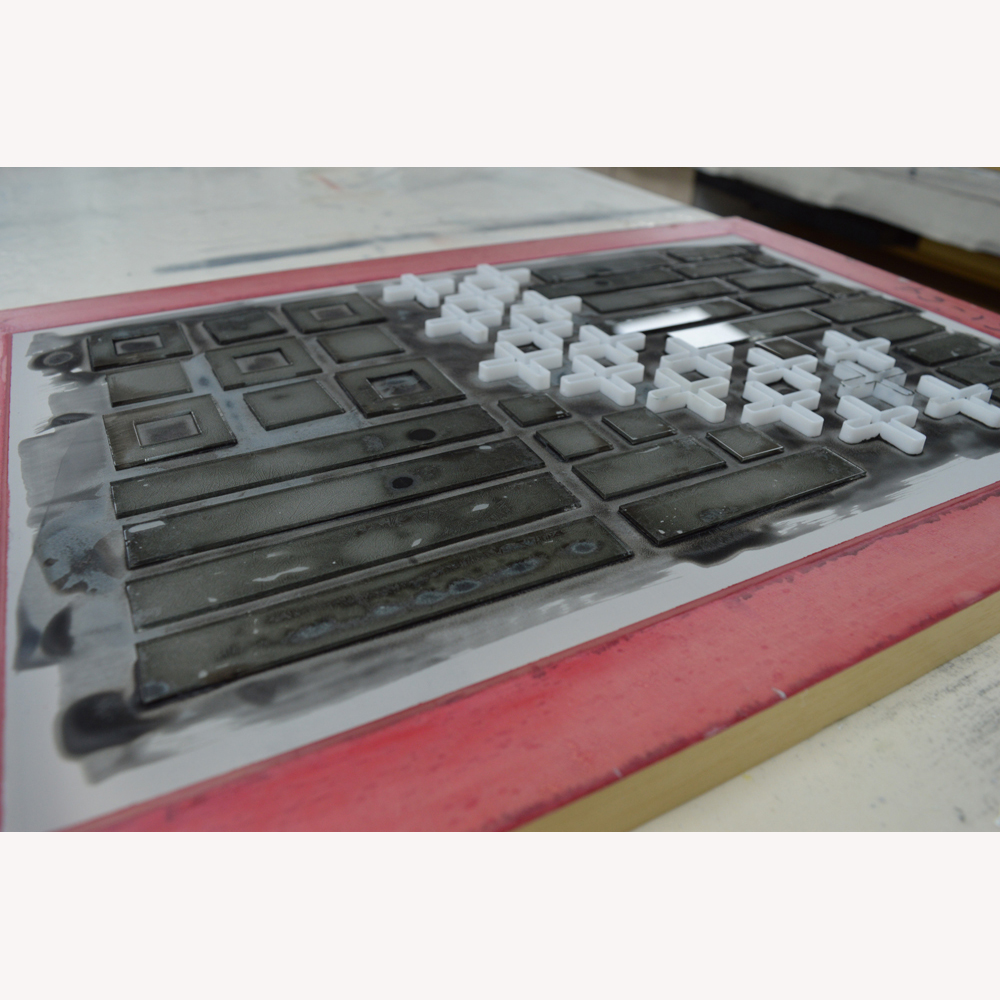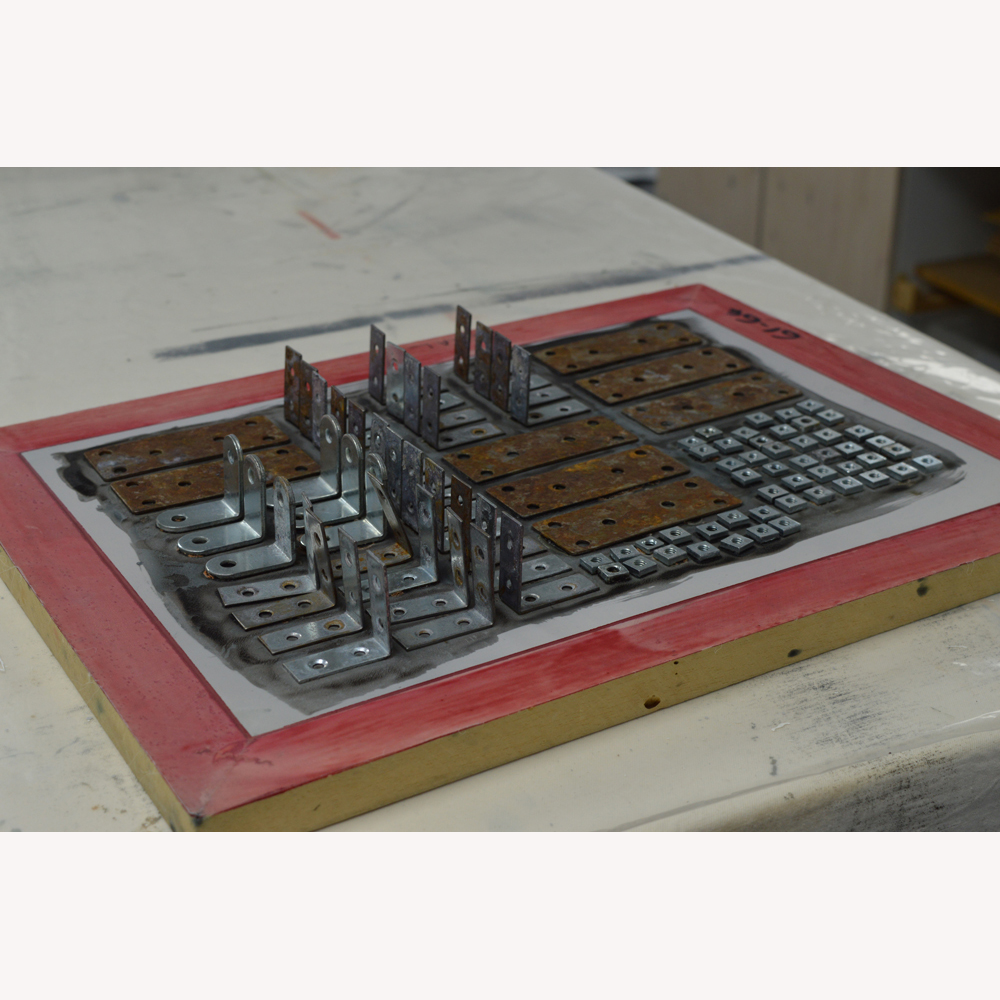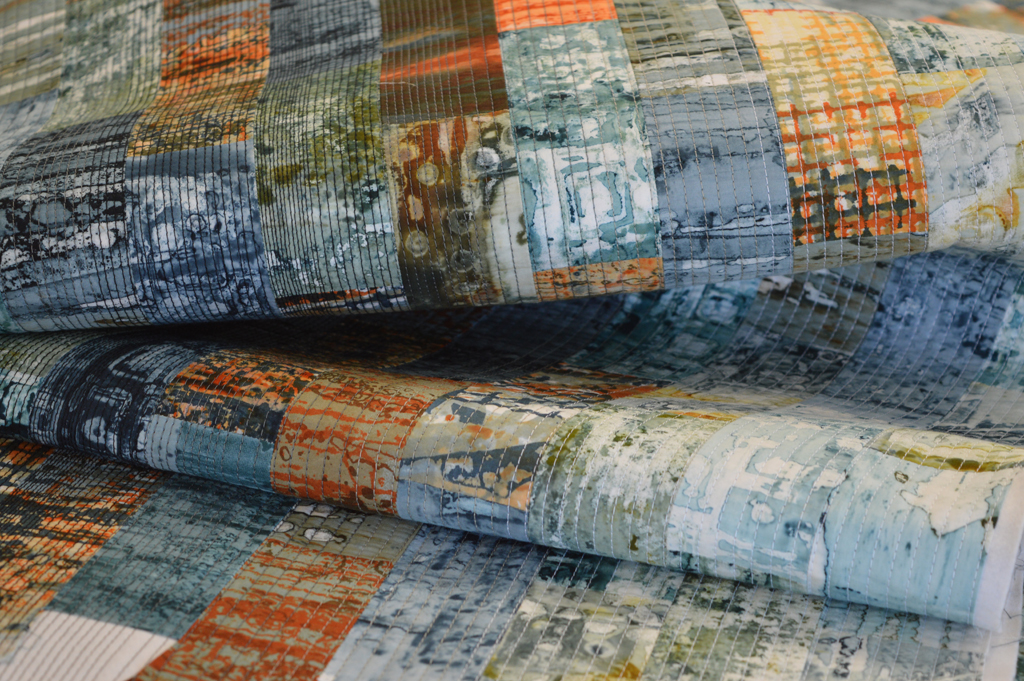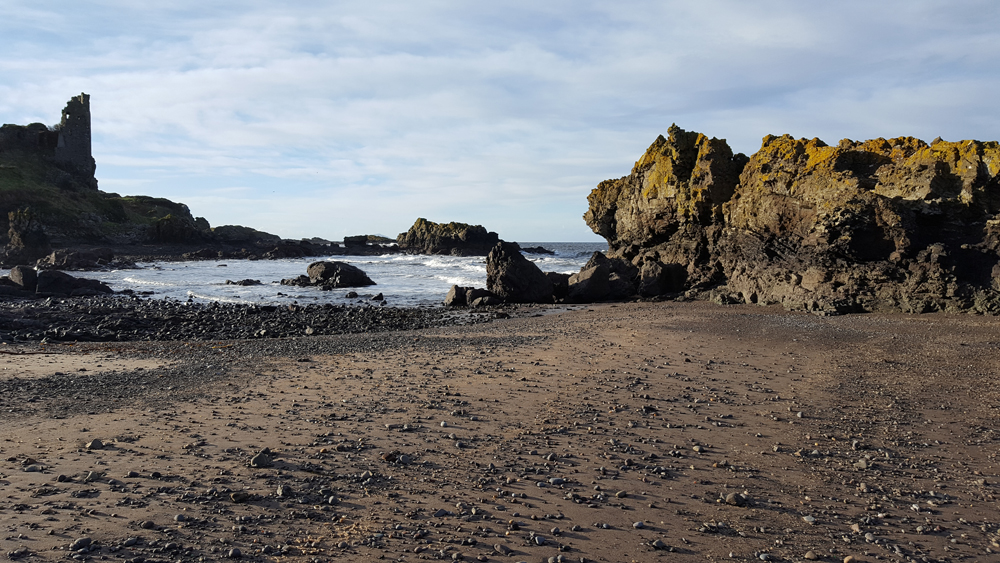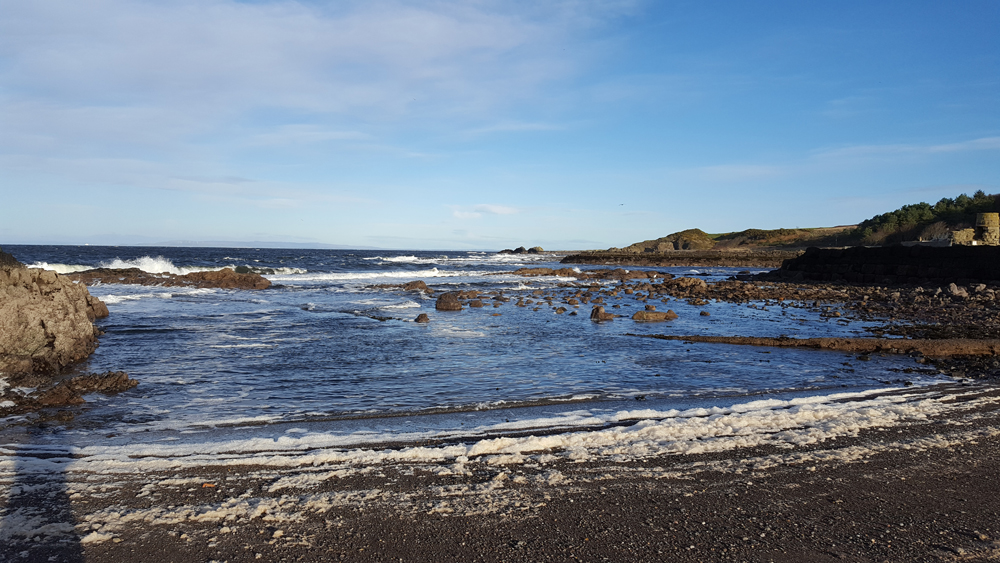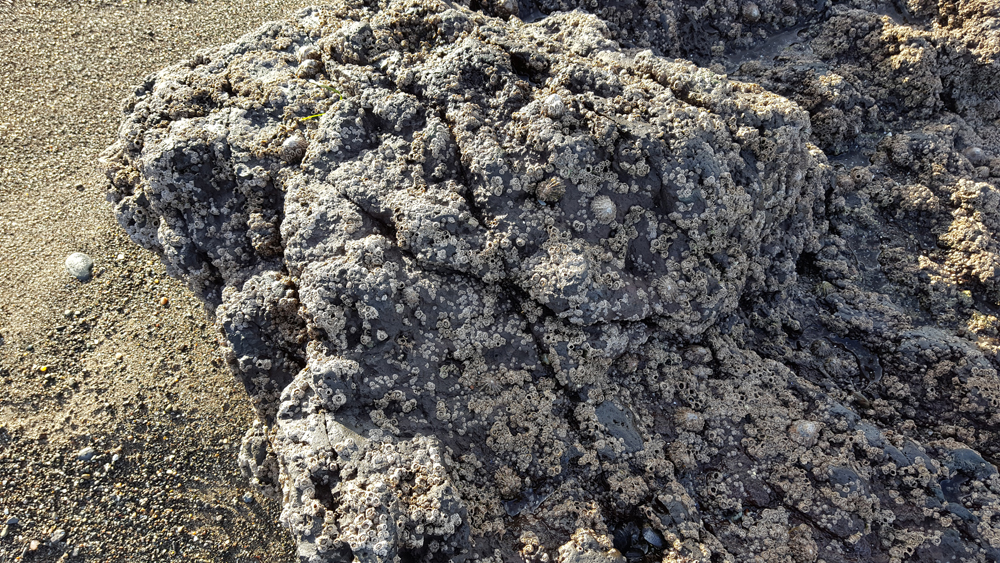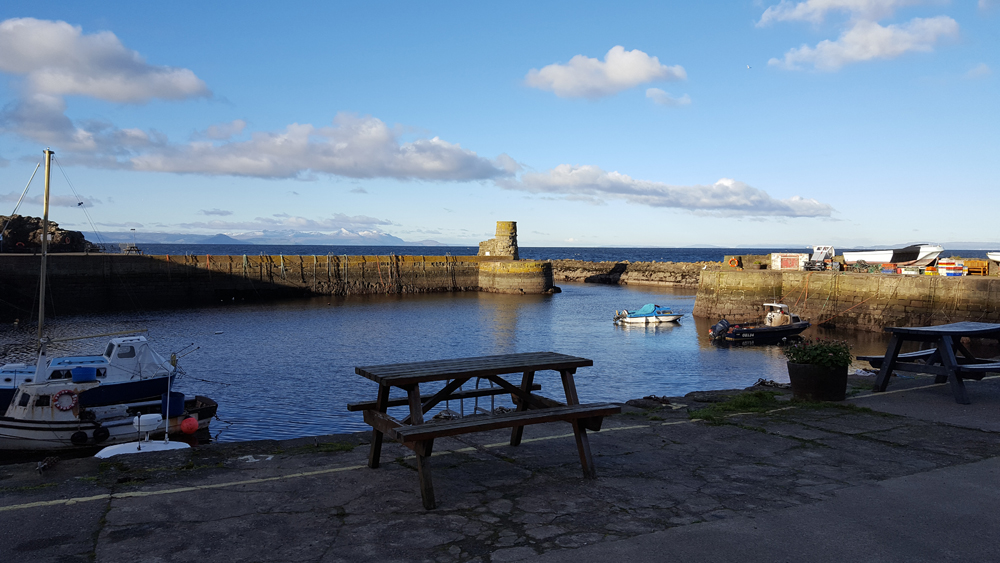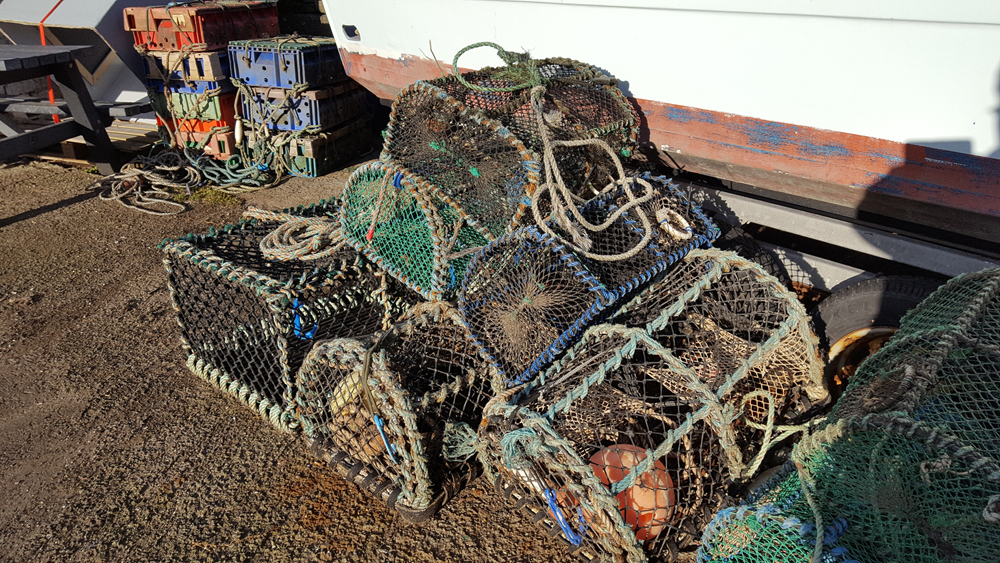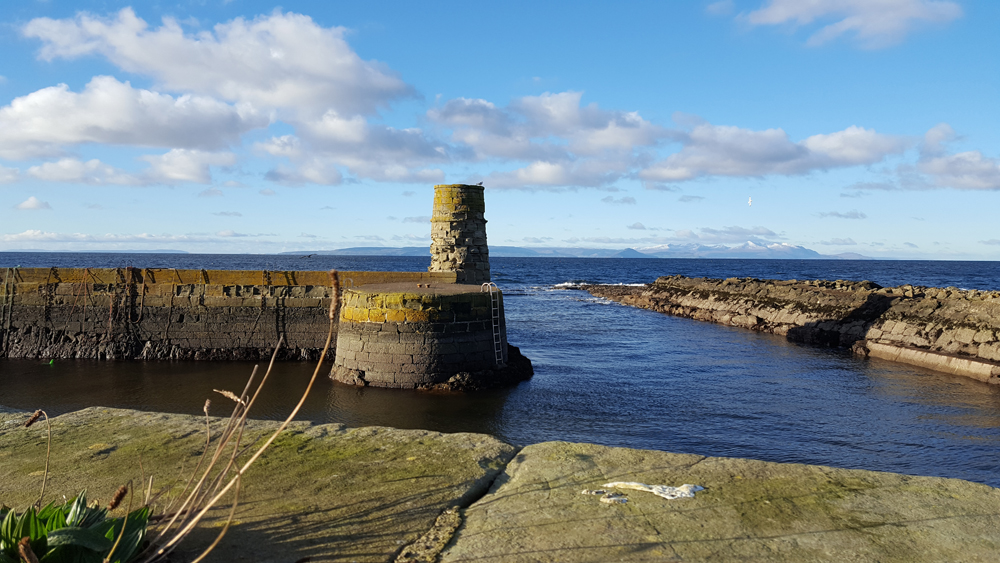In my last post I shared the breakdown printing technique I use to put colour and texture onto my cloth. This series of work is inspired by industrial structures that once littered our landscape but now rarely exist outside of memories and museums. Their impact on the landscape has faded; has been built over. So for my cloth, having put down a layer of colour, I now strip most of that colour back off. Here is how.
Using a steam iron I crumple and crease my fabric. I am trying to create an uneven surface that acts as a resist to the discharge solution. I use Formosol dissolved in warm water and apply with a 'dry' brush. I don't want to flood the cloth. I leave the cloth to dry overnight then use a steam iron to activate the Formosol and remove colour. This bit is rather noxious. Ideally you should use a gas mask but I find ironing near an open door with a stiff breeze is effective. I use the iron as a tool, selectively applying heat so that I get different levels of discharge. The 'black' dye I used to print the cloth is actually a blend of a blue-black dye and a dark brown dye. When I discharge the colour strips away to leave a yellowish brown that rather looks like a nicotine stain.
Once I'm happy with the level of discharge I wash my fabrics at 60C and they are ready to use. Or not. Sometimes I over-do the discharge process and end up with a piece of fabric that is too pale. Sometimes the colour discharges to more of a red brown. In both cases I resist the temptation to throw them in the bin. Instead I add another layer of breakdown printing and another layer of discharge.



